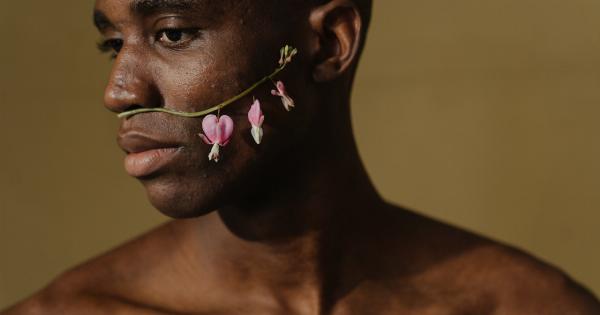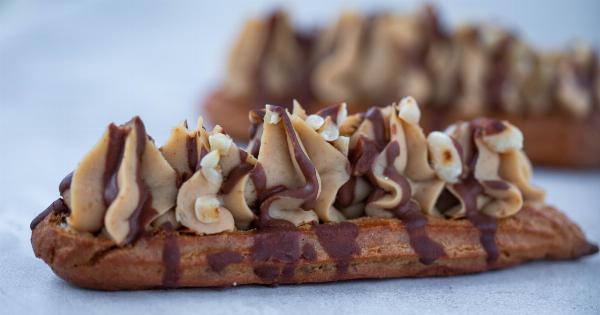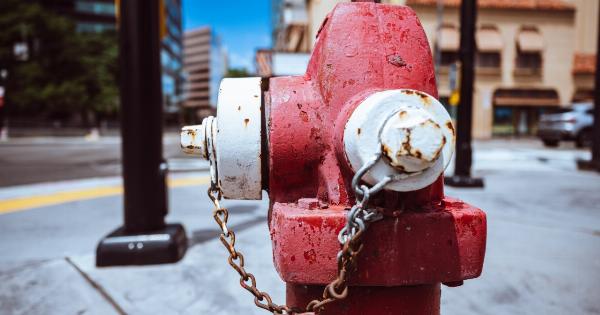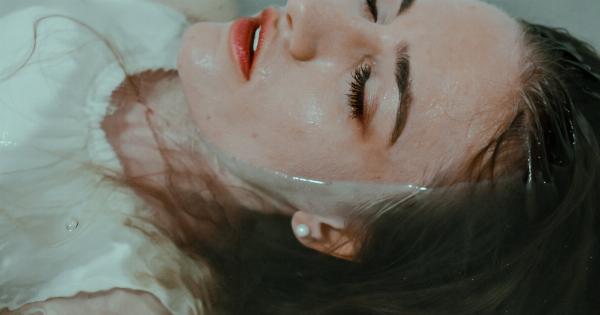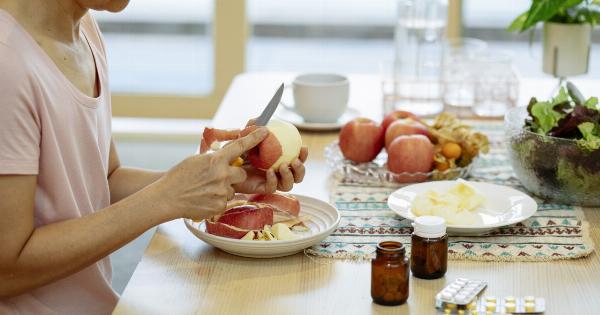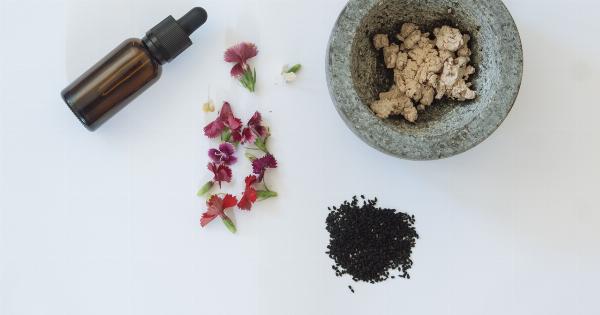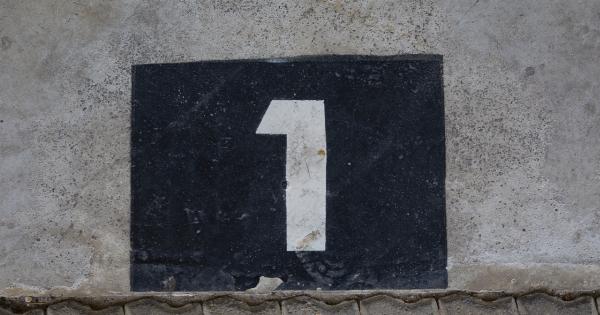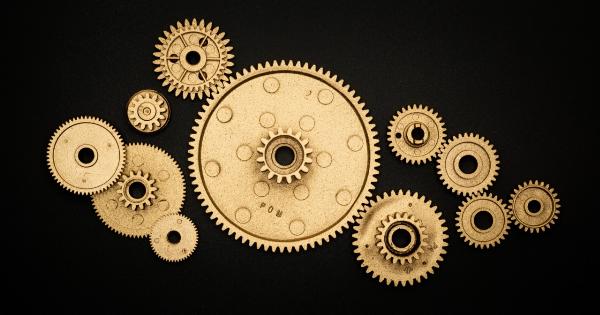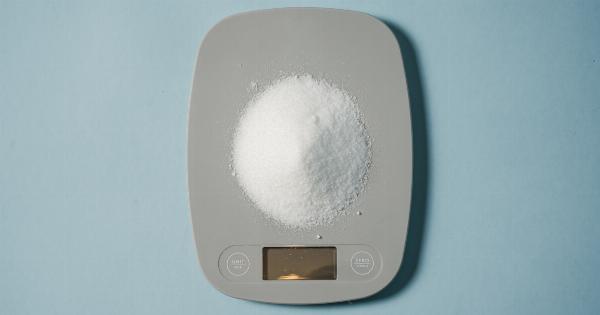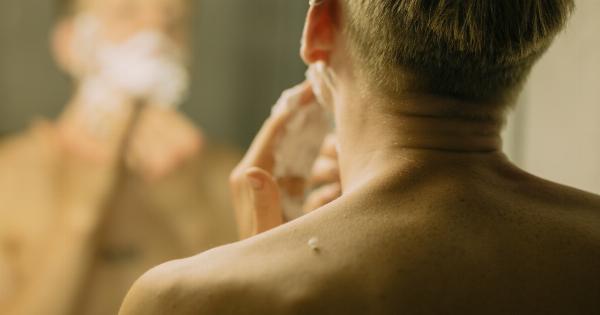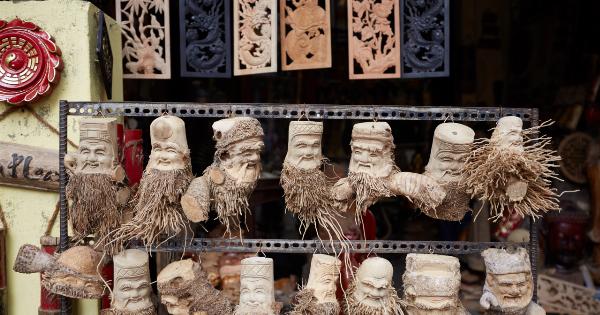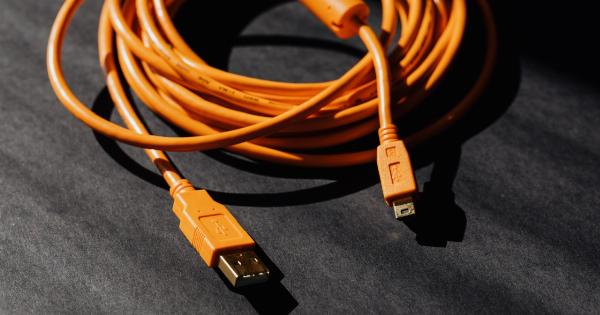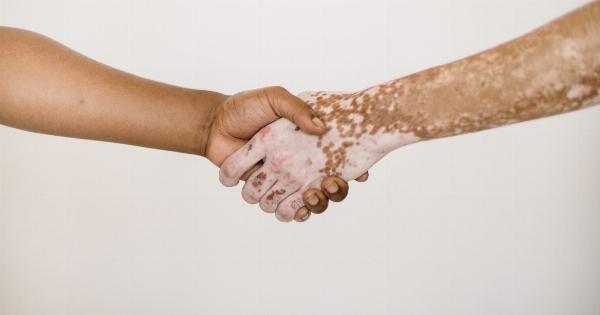Penon pimples, also known as razor bumps or ingrown hairs, can be a frustrating and embarrassing skin condition. They typically occur after shaving or other hair removal methods, but can also appear on their own.
Here’s what you need to know about penon pimples and how to prevent and treat them.
What are Penon Pimples?
Penon pimples are small, raised bumps that can appear on the skin after shaving or other hair removal methods. They occur when the hair follicle becomes inflamed or infected, causing the skin to become irritated and swollen.
In some cases, the hair can grow back into the skin, causing the bump to become red and painful. Penon pimples can occur anywhere on the body, but are most common in areas where hair is regularly removed, such as the face, neck, bikini area, legs, and underarms.
What Causes Penon Pimples?
Penon pimples are typically caused by shaving or other hair removal methods that irritate the skin. When a razor or other tool is used to remove hair, it can cause small cuts or abrasions on the skin.
Bacteria can then enter these tiny wounds, leading to inflammation and infection. In addition to shaving, other hair removal methods that can cause penon pimples include waxing, plucking, and even using depilatory creams.
How to Prevent Penon Pimples?
Fortunately, there are several steps you can take to prevent penon pimples from occurring in the first place. Here are some tips:.
- Exfoliate: Exfoliating the skin regularly can help prevent ingrown hairs from occurring. Use a gentle exfoliating scrub or brush to help remove dead skin cells and keep hair follicles from becoming blocked.
- Use a Sharp Razor: A dull razor can cause more irritation to the skin, leading to penon pimples. Make sure you are using a sharp, clean razor each time you shave, and replace it after a few uses.
- Shave in the Right Direction: It’s important to shave in the direction that the hair grows, as shaving against the grain can cause more irritation and lead to ingrown hairs.
- Moisturize: Keeping your skin moisturized can also help prevent penon pimples. Use a moisturizing lotion or oil after shaving to soothe the skin and help prevent inflammation.
- Avoid Tight Clothing: Wearing tight clothing can also contribute to ingrown hairs. Choose loose-fitting clothing that doesn’t rub against the skin, especially in areas where you are prone to penon pimples.
How to Treat Penon Pimples?
If you already have penon pimples, don’t worry. There are several treatment options available to help reduce inflammation and heal the skin. Here are some options:.
- Warm Compress: Applying a warm compress to the affected area can help reduce inflammation and promote healing. Simply soak a washcloth in warm water and apply it to the area for 10-15 minutes at a time.
- Topical Creams: There are several over-the-counter topical creams available that can help treat penon pimples. Look for creams that contain salicylic acid or benzoyl peroxide, which can help unclog pores and reduce inflammation.
- Cortisone Cream: If the penon pimple is particularly red or painful, a cortisone cream can help reduce inflammation and ease discomfort. Apply a small amount of cream to the affected area as directed.
- Avoid Picking: As tempting as it may be, avoid picking at your penon pimples. This can lead to more inflammation and potentially cause scarring.
When to See a Doctor?
In most cases, penon pimples can be treated at home with over-the-counter remedies. However, if the pimple is particularly large or painful, or if it doesn’t seem to be healing, it may be time to see a doctor.
Your doctor may prescribe an antibiotic cream or oral medication to help clear up the infection and promote healing.
The Bottom Line
Penon pimples can be a frustrating and embarrassing skin condition, but they are also common and treatable. By following the tips above for prevention and treatment, you can help keep your skin healthy and free from ingrown hairs.



